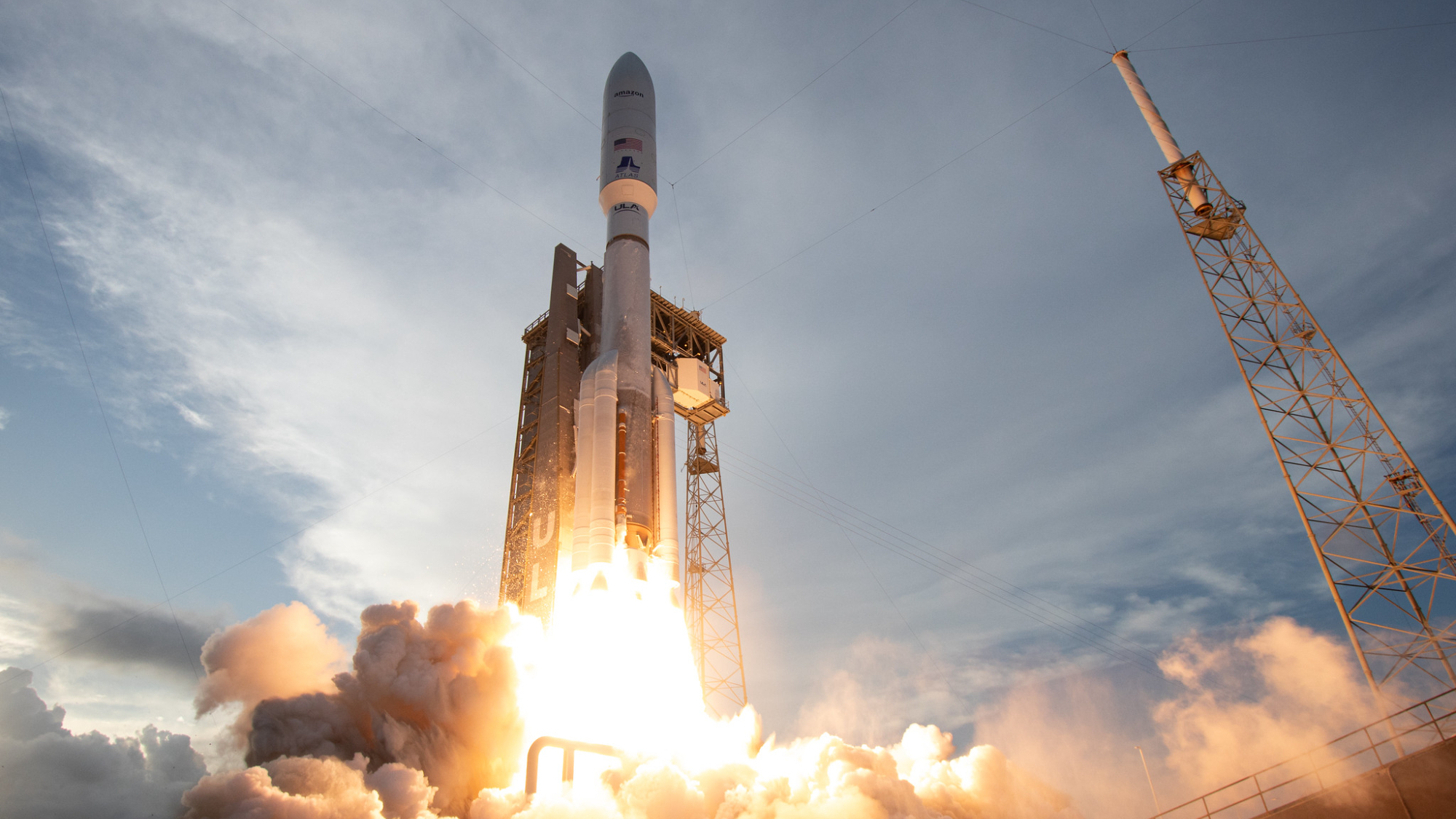Neutron Star Crust Is Stronger than Steel
Neutron stars are dead relics that have collapsed into very small, dense spheres with tough crusts. Forceswelling from within can crack the crusts during events called star quakes, similar to earthquakes.
The awesome power of those quakes can blast gamma rays into space, leading scientists to suspect that the stars' crusts must be very hard to break.
A new study suggests how strong they are: The crust of neutron stars could be 10 billion times stronger than steel, based on an innovative model of elements compressed as tightly as they would be on the surface of a neutron star.
In 2004, astronomers spotted a spectaculargamma-ray explosion bursting off a neutron star in the Sagittarius constellation, 50,000 light years from Earth. The star, SGR 1806-20, is a magnetar, a type of neutron star that has a powerful magnetic field.? NASA and European satellites and astronomers around the world detected the flare, which for a tenth of a second was brighter than anything ever seen beyond our solar system. It was the biggest such flare ever spotted and one of only four that have been seen so far.
"We think that these giant flares are coming from really, really big star quakes," said Indiana University physicist Charles Horowitz. Only a super-strong crust could have exploded so forcefully, he explained.
To find out how strong the crusts of neutron stars really are, Horowitz and a colleague created a computer simulation of a star's surface. Though the interior of the star is a kind of fluid mass of mostly neutrons, the crust is composed of broken-up atoms, the nuclei of unknown elements. To simulate this, Horowitz used the computer program to squeeze together virtual selenium atoms, pressing them into tiny cubes. He determined that the crust is billions of times stronger than even the hardiest metal alloys here on Earth.
"You can't produce anything like these conditions on Earth, which is why we did not know the strength before," he said. His results were published on May 8 in the journal Physical Review Letters.
Breaking space news, the latest updates on rocket launches, skywatching events and more!
Not just any old relics, neutron stars are the leftover cores of huge stars that exploded in supernovae. In a massive star's death throes, it can blast most of its outer material into space. When the fireworks are over, the core collapses in on itself under the weight of its own gravity. Like an ice skater pulling in her arms, the star spins faster as it shrinks, Horowitz explained.
The stars are usually tiny, about 15 miles in diameter. But within that small ball, there is a mass of about one and a half suns. A black hole is the only thing denser.
Neutron stars are so dense that if you could dip a teaspoon into one of them and scoop out some of its neutrons the spoon would weigh 100 million tons. If you were to hold that empty teaspoon just one yard above the star's surface and drop it, it would strike the surface at 4.3 million mph.
Though their surfaces are generally smooth, mountains made of super-dense star stuff rise from the crust. The mountains? height depends on how strong the crust is. Horowitz takes creative license in calling them mountains, he said, because they are only a few inches high. When they are too high they sag under the stars. gravity and sink back into the ground. The highest mountain a crust could support would only be about 4 inches in altitude, Horowitz estimated. Even so, the gravity of neutron stars is immense. It radiates into space in weird ways around the star, warping space-time and slowing the star's spin.
Join our Space Forums to keep talking space on the latest missions, night sky and more! And if you have a news tip, correction or comment, let us know at: community@space.com.
